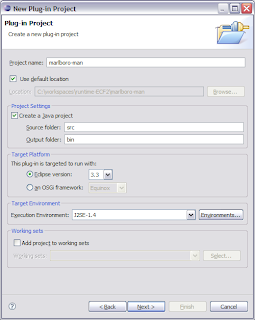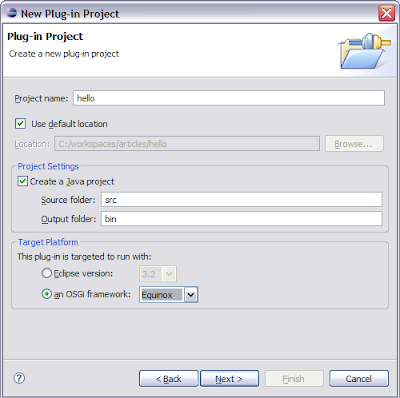I meant to blog about this earlier, but I was in Italy with limited Internet access. People that know me personally, know that I tend to use the quote “enterprise web development is so 90’s.” There’s very few things in life that have turned me off from programming than the whole JEE stack. EJBs and everything around it can go rot in a fire.
Ok, now that I’m done my rant, back to my original discussion topic of how web development isn’t so 90’s anymore. Certain people have seen the light and started to move web development to the world of bundles.
I had first hand experience with this a few weeks ago when Dejan said “Chris, update test cases are failing, can you take a look at this bug” (note, this was about 5 minutes before he signed off and went on vacation for 3 weeks :P). As a bundle developer, I can use familiar concepts like extensions and extension points to write web applications. See the Equinox HTTP Quickstart guide for some simple examples. I think within a couple years, this will be common place as vendors move to create tools around these concepts. I mean, application servers are already running on top of OSGi, the next logical step is that these web applications will be packaged as bundles. I’m sure that the Equinox Provisioning work will make it even easier to deploy these applications on servers because this was another pain point when working with web applications.
I’m in the process of writing a tutorial around these ideas, but Jeff and Simon’s short article is a good starting point.
Oh, I forgot to point towards the Rich Ajax Platform (RAP) project which is doing stuff that is so 2010 😛









